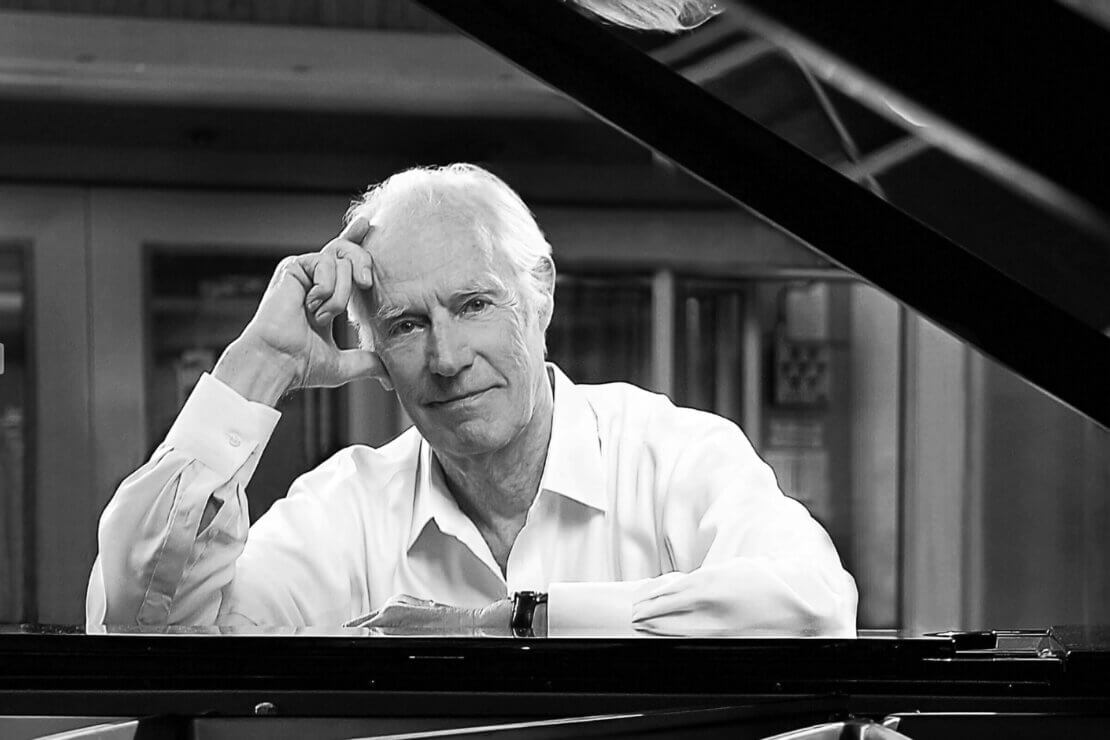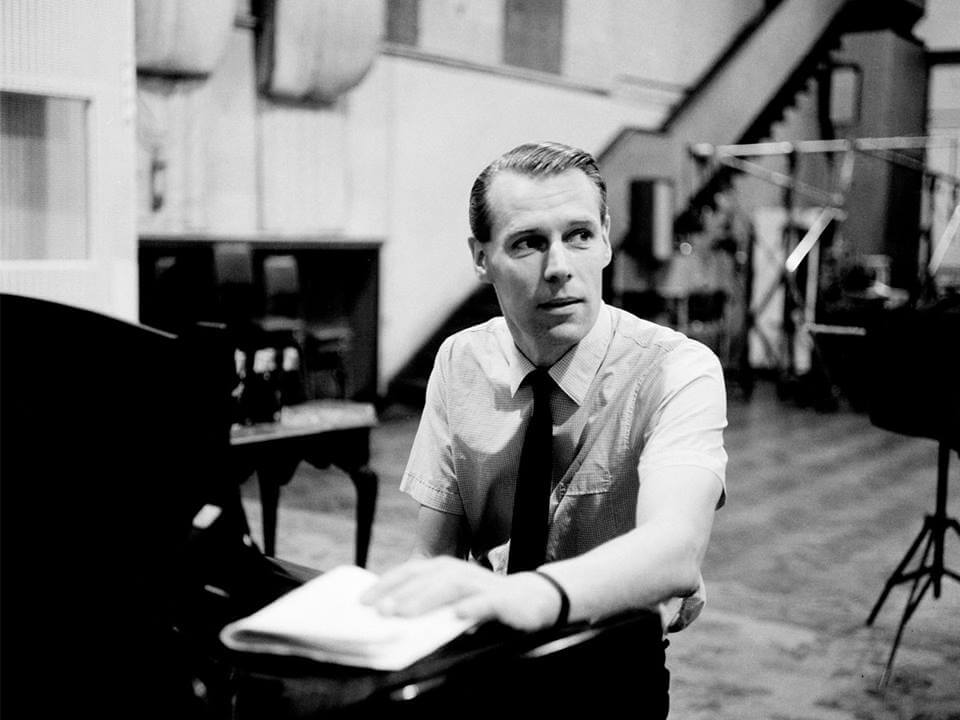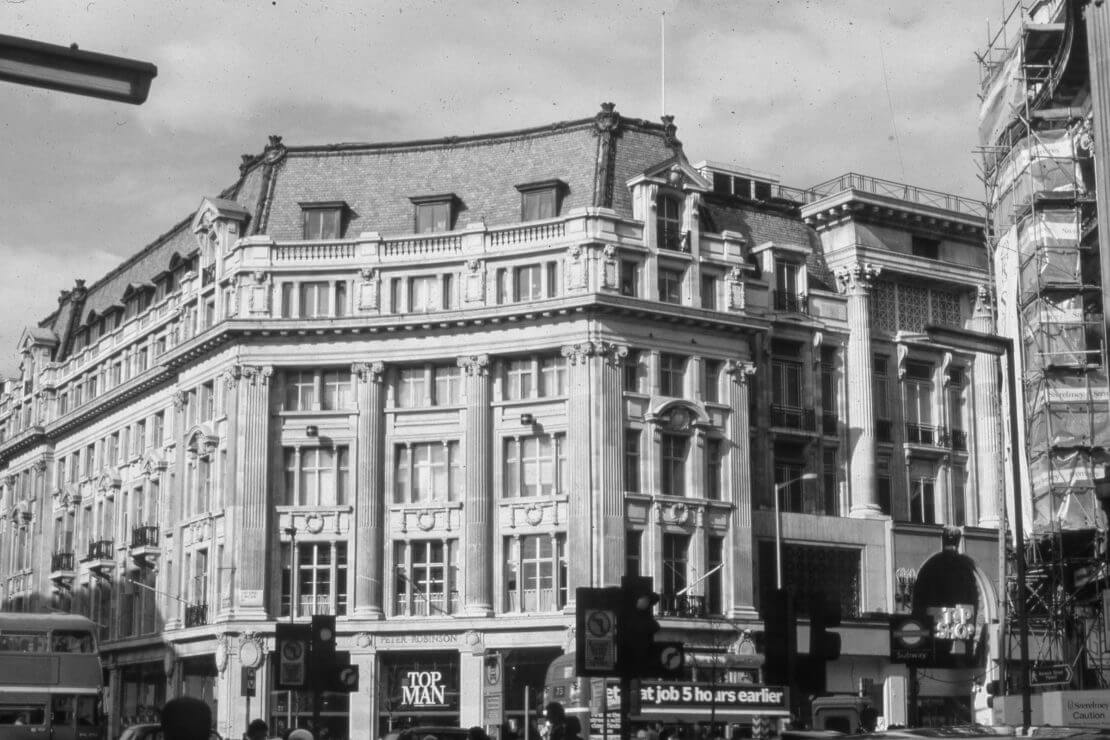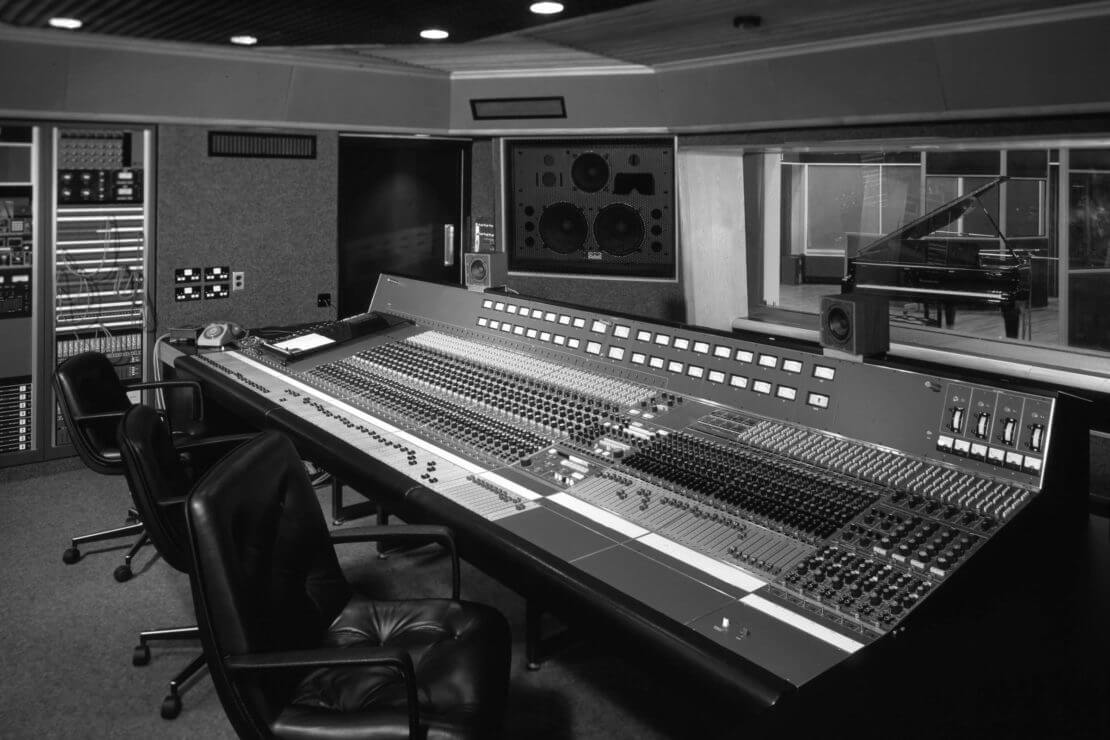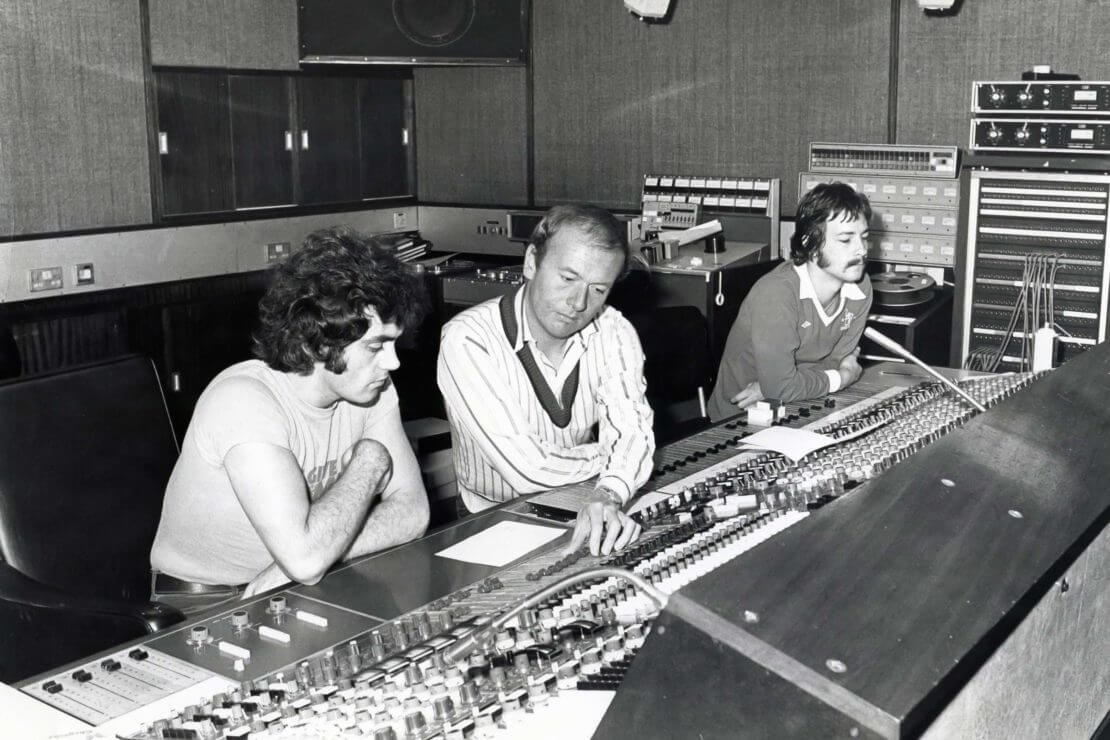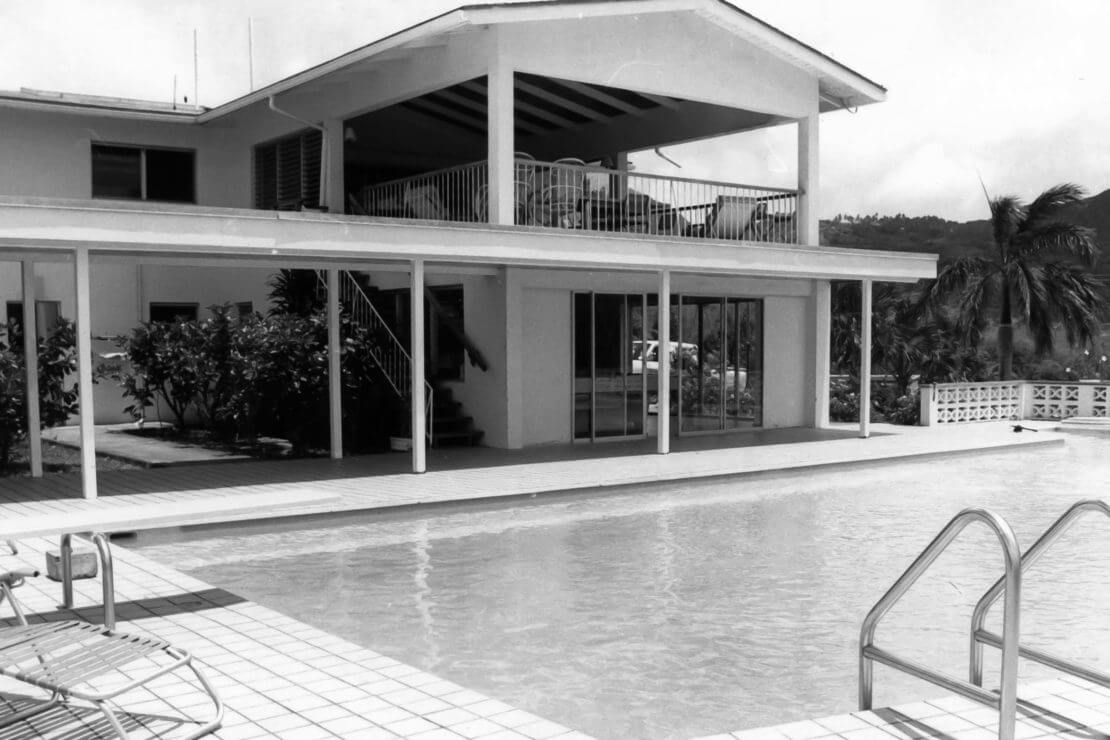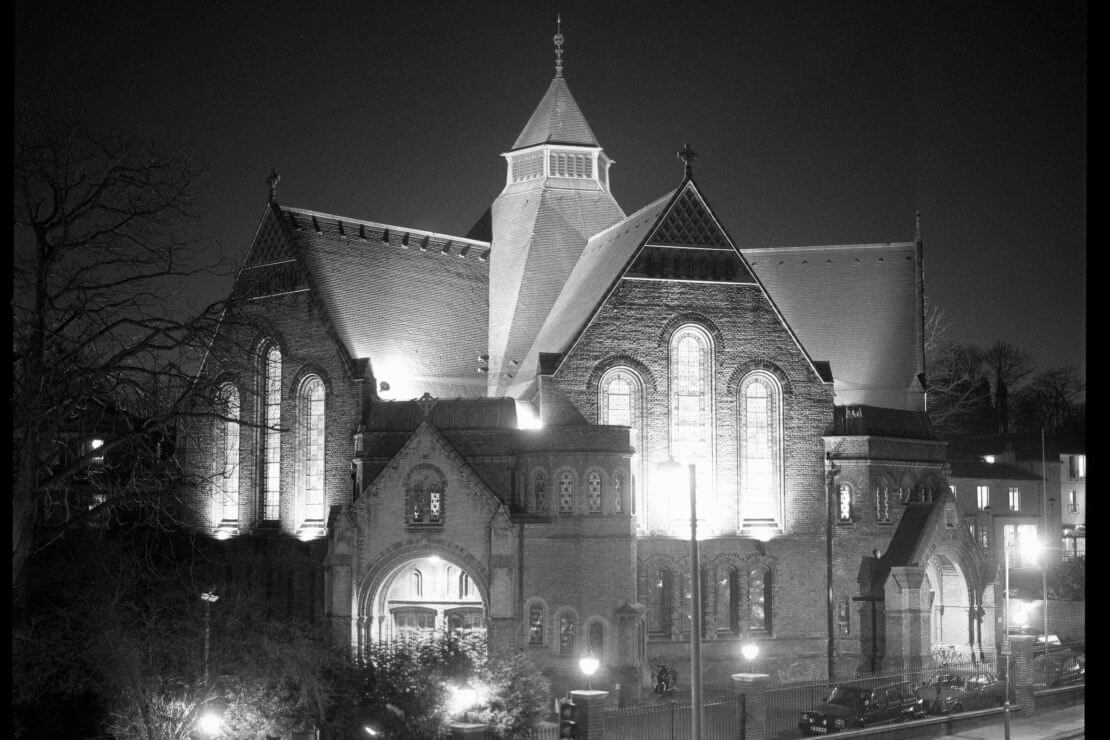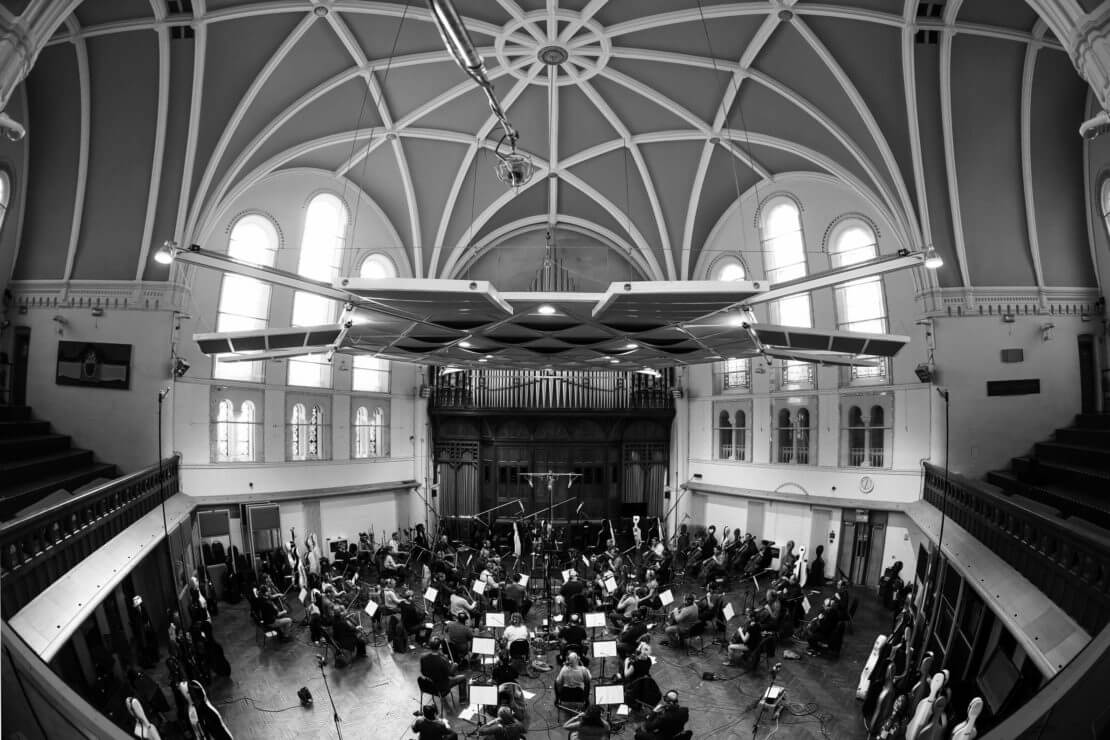Sir George Martin
Legendary producer of The Beatles, Oscar-nominated composer and founder of AIR Studios, Sir George Martin was one of the music industry’s most versatile and imaginative talents. He produced a record-breaking 30 number one singles in the UK, and was recognised by the industry with five Grammys and two Ivor Novello Awards.
George entered the music business in 1950, and five years later became head of the Parlophone label at EMI. His early career was built on recording comedy with artists including Peter Sellers, Dudley Moore and Flanders & Swann. In 1962 he signed The Beatles to EMI and went on to produce every record they made until the band parted ways in 1970. He also produced a host of other artists in the 1960s and 1970s, Cilla Black, Gerry and the Pacemakers, Matt Monro, Elton John, Jeff Beck, John Williams, Cheap Trick and Ultravox.
With three other leading record producers, Ron Richards, John Burgess and Peter Sullivan, he established Associated Independent Recordings and opened AIR Studios in central London in 1970. Its sister studio, AIR Montserrat, was opened in 1979, and for ten years hosted many of the biggest names in rock and pop. Soon after AIR Montserrat was hit by a hurricane and closed, Sir George found an empty church in Hampstead, north London, and created AIR Studios Lyndhurst.
Sir George received his knighthood in 1996, in recognition of his services to the music industry and popular culture. He died at on 8 March 2016, at the age of 90. We are all very proud of his heritage and to continue his vision.
1965 Associated Independent Recordings
The story of AIR begins long before we made our home in a congregational church in north London.
In August 1965, George Martin was helping the Beatles conquer the world. Help! had just knocked the Byrds’ Mr Tambourine Man off the top of the UK singles chart. For the next 12 months Help!, followed by Rubber Soul and Revolver, would do battle with The Sound of Music soundtrack for the number one album spot (briefly assisted by the Rolling Stones’ Aftermath). Despite the vast sales chalked up by the Beatles’ records worldwide, Martin, their producer, was seeing none of the financial rewards, just a weekly salary from Parlophone. What he did next changed the record industry forever.
George Martin assembled a supergroup of record producers for some of the UK’s top acts – Ron Richards, John Burgess, Peter Sullivan and himself – to form Associated Independent Recordings, or AIR. They proposed a new arrangement where AIR would fund the production of new releases, relieving record labels of the cost, and in return take a royalty on sales.
The new freelance producer set-up was a hit. From offices in Park Street, Mayfair, they continued to record the day’s top artists at Abbey Road, Decca and other studios. Within two or three years they were making enough money to take on staff – young engineers like Chris Thomas, whose baptism of fire was The Beatles’ White Album. They were able to bank enough of AIR’s profits to build their own production facility.
1970 AIR Studios, Oxford Circus
Not far from Park Street, on the fourth floor of the Peter Robinson department store at Oxford Circus, was an old banqueting hall that George Martin decided could accommodate two spacious studios. The new facility would be a studio ‘built by producers for producers’.
AIR Studios eventually opened in October 1970 with a star-studded two-day party fuelled by 450 bottles of Bollinger champagne. The first session, overseen by Chris Thomas and John Punter, was for the Average White Band’s third album. Studio rates were £35 per hour. AIR quickly gained a reputation as an academy for the very best young engineers, and became a byword for the latest studio technology, pioneering 24-track recording, multi-track tie-lines between studios and 48-track mixing.
The larger Studio One had a live sound that was great for orchestral work, while the drier sound of Studio Two made it popular with bands. But the big drum sound that bands got in Studio One meant that it was booked out for months in advance, and film people couldn’t get in. Two more studios were added to meet demand.
Classic albums recorded or engineered at AIR in its first decade include Meddle by Pink Floyd, Queen’s Sheer Heart Attack, Roxy Music’s For Your Pleasure (and their three following albums), Paul McCartney’s soundtrack to Live and Let Die, the Sex Pistols’ Never Mind the Bollocks, Wuthering Heights by Kate Bush, and The Pretenders’ eponymous debut album. T Rex, Genesis, Supertramp, ELO and a host of other big names all worked on new releases at Oxford Circus.
The facility eventually closed in 1991, when its 22-year lease ran out. Its time had come, not least because it had become difficult for major artists to come and go without being recognised by the shoppers on Oxford Street.
1979 AIR Montserrat
AIR’s studio facility on Montserrat, a tiny British Overseas Territory in the eastern Caribbean, has passed into rock folklore. In 1977 George Martin fell in love with the island and decided to build the ultimate, get-away-from-it-all recording studio. Opened in 1979, AIR Studios Montserrat offered all of the technical facilities of its London counterpart, but with the advantages of an exotic location.
For more than a decade, AIR Montserrat played host to recording sessions by a who’s who of rock and pop. More than 70 albums were recorded there in ten years, including Hot Hot Hot by Arrow, Dire Straits’ Brothers In Arms, Ghost in the Machine and Synchronicity by The Police, Elton John’s Too Low for Zero and Steel Wheels by the Rolling Stones. Duran Duran, Ultravox, Lou Reed, Black Sabbath and Eric Clapton all passed through the idyllic Montserrat studio.
Then, in 1989, disaster struck when Hurricane Hugo hit the island, destroying 90% of its structures. The building and its equipment were irreparably damaged, and, perhaps aware that record labels wanted their stars closer to home, George Martin called it a day. His love for Montserrat never faded and in the wake of a later devastating volcanic eruption his fundraising efforts went a long way towards putting the island back on its feet.
1992 AIR Studios Lyndhurst
It was a bold move for George Martin to make the beautiful Lyndhurst Hall in Hampstead, north London the site of his next studio. Originally a church and missionary school, Lyndhurst Hall was designed in the Romanesque style by the great Victorian architect Alfred Waterhouse (designer of the Natural History Museum) in 1884.
Built for congregational singing, the hexagonal hall has extraordinary acoustic qualities, which George Martin quickly recognised. A multi-million pound conversion of the church into a state-of-the-art studio facility was undertaken. George Martin opened AIR Studios Lyndhurst in December 1992 with a gala performance of Under Milk Wood in the presence of HRH The Prince of Wales.
One of only a handful of studios in the world with full orchestral recording capabilities, AIR Studios Lyndhurst has delivered the Oscar-winning scores for Atonement and Grand Budapest Hotel and countless other film and TV productions, including Love Actually, Harry Potter and the Philosopher’s Stone, Darkest Hour, Wonder Woman, Interstellar, Casino Royale, Doctor Who, Sherlock and Black Mirror.
The co-owners Chrysalis & Pioneer sold the studio to Strongroom’s Richard Boote in 2006. Richard sold the business in 2018. The new owner is committed to take AIR into a new era and ensure that it continues to rank among the world’s finest recording studios.
